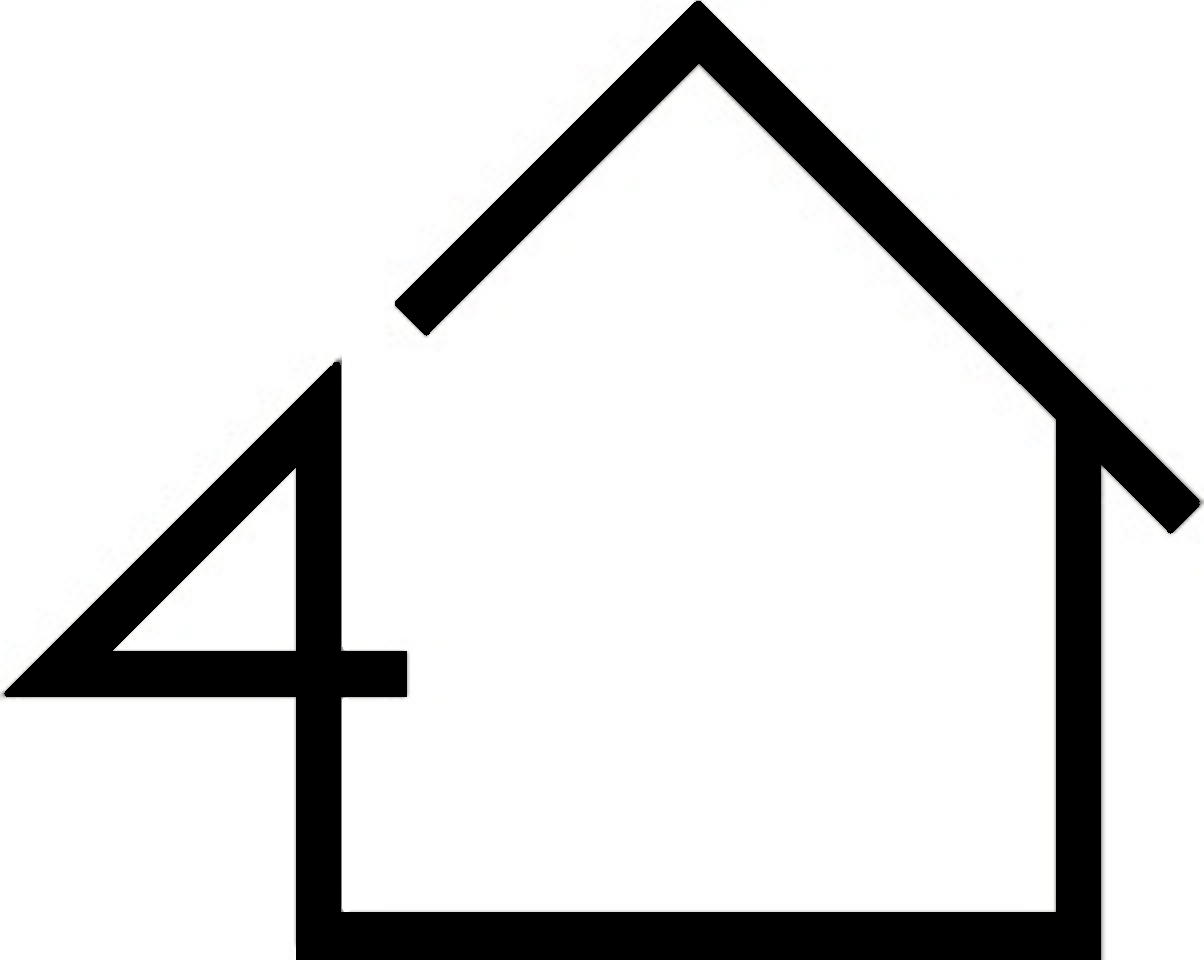Hardworking, loving people
From its inception in 2007 through all of its development and early implementation, I’ve been an active supporter of the 4 Walls Project. The seeds of the project were actually planted when my daughter Meghan came home one Christmas during her Peace Corps service. At a large gathering at our home, she shared photos of some of the houses in El Sauce and talked about the living conditions for some families and how she thought houses could be improved by using kiln-fired bricks. All in attendance were blown away. So we passed a hat and raised a few hundred dollars to help her launch her idea.
In the years since then, I was privileged to visit El Sauce twice and saw one of the early houses that the 4 Walls Project had completed. Pictures and stories of many subsequent houses continued to inspire me. But in December 2022 my dream of going to help build a house was finally realized. All of the photos and stories barely prepared me for how deeply my heart would be touched by this work.
My preparation for the trip included taking Spanish classes through my local adult education program, studying the construction vocabulary Meghan shared with me, and trying to stay reasonably fit. The Spanish really helped communication with the family and everybody we encountered in Nicaragua.
Walking to the building site each day, we went through the well-established town of El Sauce and turned off a busy paved road onto a bumpy dirt road that became a path. Along this road we passed a 4 Walls house built in 2013. The proud and happy owner, an elderly woman, had painted the bricks bright pink! When we arrived at the site, there was a mountain of bricks waiting to be moved and a pile of sand needing to be sifted. The house was being built for a young couple, Maria de Los Ángeles, José Luis and their five-year-old son, Emilio. José Luis’s father and brother, both named Jesus, as well as the skilled and patient professional 4 Walls mason, Wiler, all put in long days of work. On the first day, Wiler had marked out lines for where the foundation trench would be dug, and José Luís and Don Jesús were already breaking ground with picks and shovel. They always started an hour or 2 earlier than our arrival time. Everybody participated in the work, even little Emilio carried bricks, one at a time, up to the site. Then he shoveled sand into the sifter. One of the standout observations of the work was the tireless, uncomplaining, persistent labor by every member of the extended family of house #205.
Participating in a project where every task is done by hand, from scratch, with limited tools was both exhausting and impressive. Though it seemed quite primitive sifting sand with a screen sifter, adding dry cement, then mixing those together, forming a little volcano, then cranking the water wheel to have water to mix the mortar, it was natural and efficient for each of these locals. Regardless of how hot it was, nobody complained. Everybody just worked at tasks as they were able. I was definitely the slowest and weakest of the group, but it wasn’t a problem.
Wiler, the site lead, found tasks that I could accomplish and showed me just how to do them: digging, carrying, stacking, sifting, twisting. In between played with Emilio a little bit, rolling an orange down the grooves of an old piece of corrugated zinc roofing or kicking a ball around pretending we were also playing in the World Cup!
While working with rebar, pliers and wires to create corner posts, I was able to converse in basic Spanish with José-Luis and learn that he is a furniture maker. The posts were set into the trenches we’d dug and the freshly mixed concrete was lugged, one bucket at a time, to the spot and then poured into the trench. Section by section, then brick by brick, the sturdy walls rose around the all plastic house where this family had lived for 6 years.
When we returned after a couple of days in the cool mountain air of Los Altos de Ocotal (land of stunning scenery, pine needle baskets,tiny coffee farms and bumpiest roads and kindest people), the brick walls were mostly completed. Our Nicaraguan itinerary didn’t allow us to work enough days to see the completion, but as we walked up the dirt path back to town from house #205, we all were quite emotional.
How can the lives of hardworking, loving people be so different from ours? Has all of our well developed infrastructure, shiny cars, power tools, changes of clothes, internet and daily life speed made us happier? All of our stuff seemed superfluous at best, perhaps shameful. Emilio is a happy little boy, not aware that he lacks anything important. I felt no pity for this family, just great compassion and respect. Working hard (making furniture, taking in laundry, cooking only on a fire, washing clothes by hand on a stone scrub board (lavandero), caring for each other, generation by generation.

